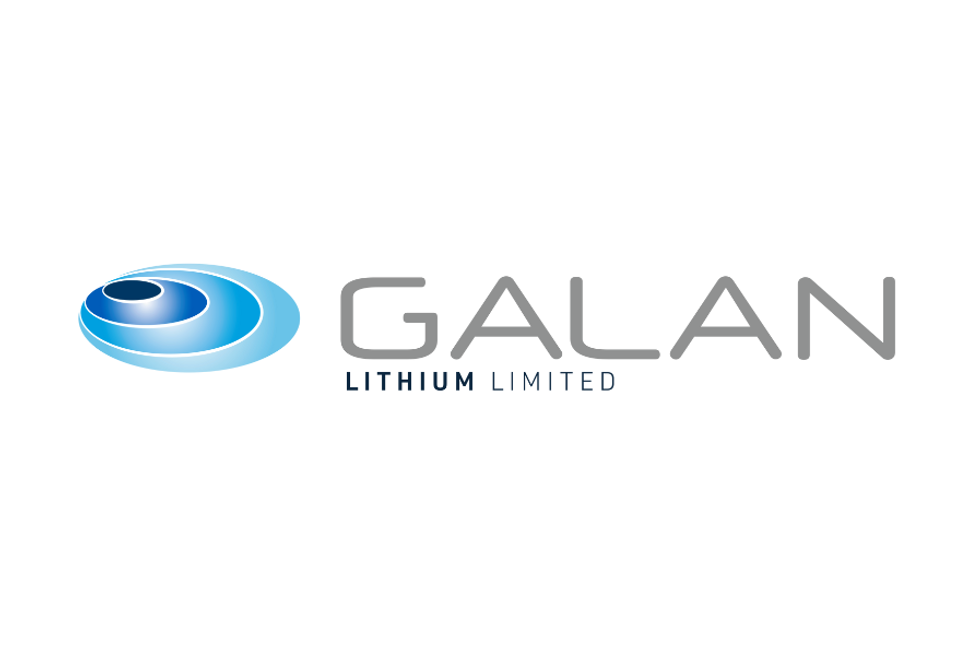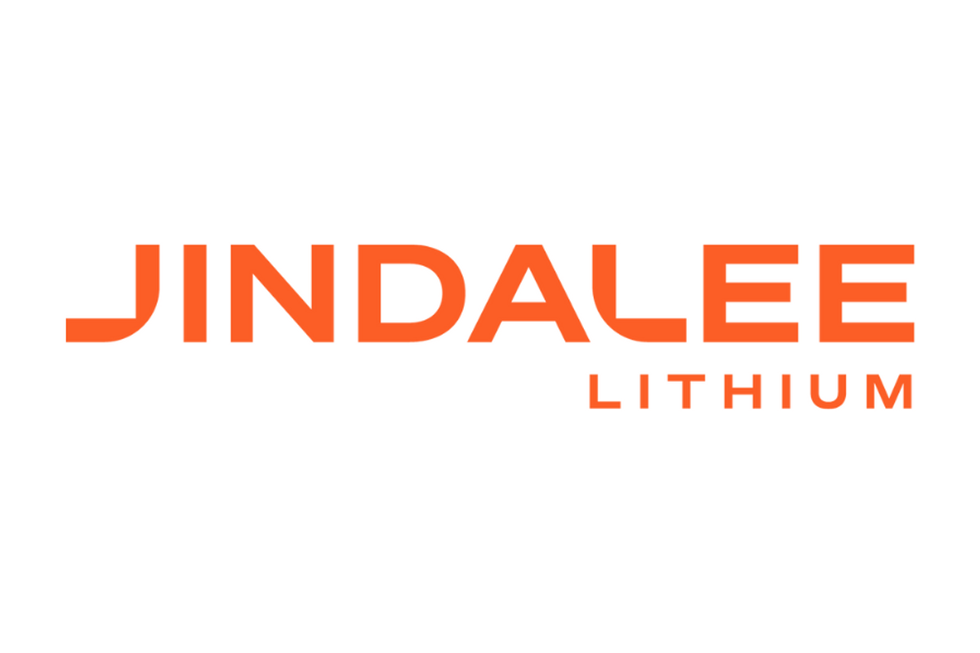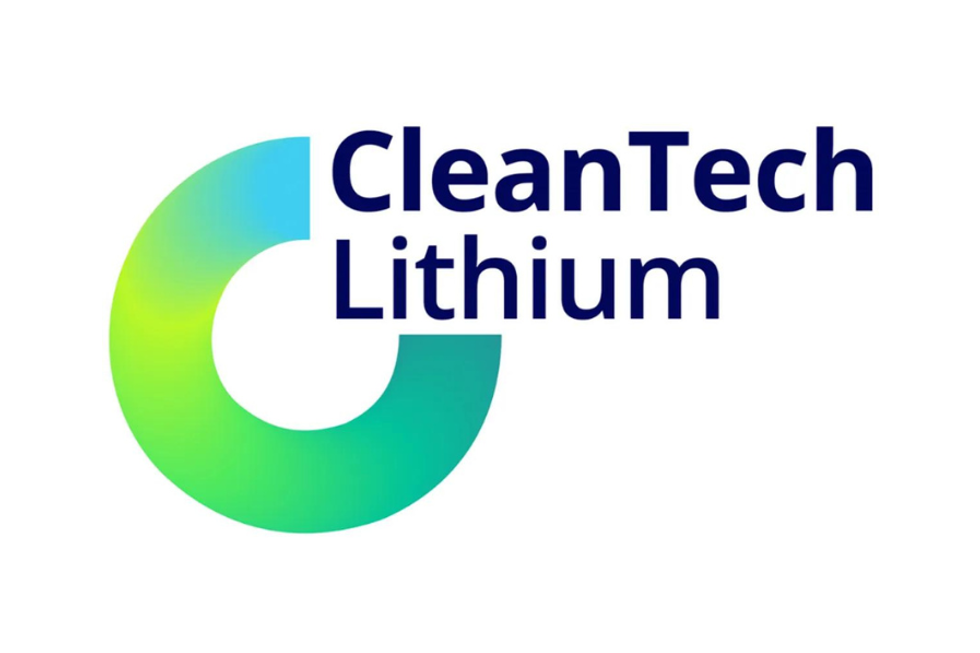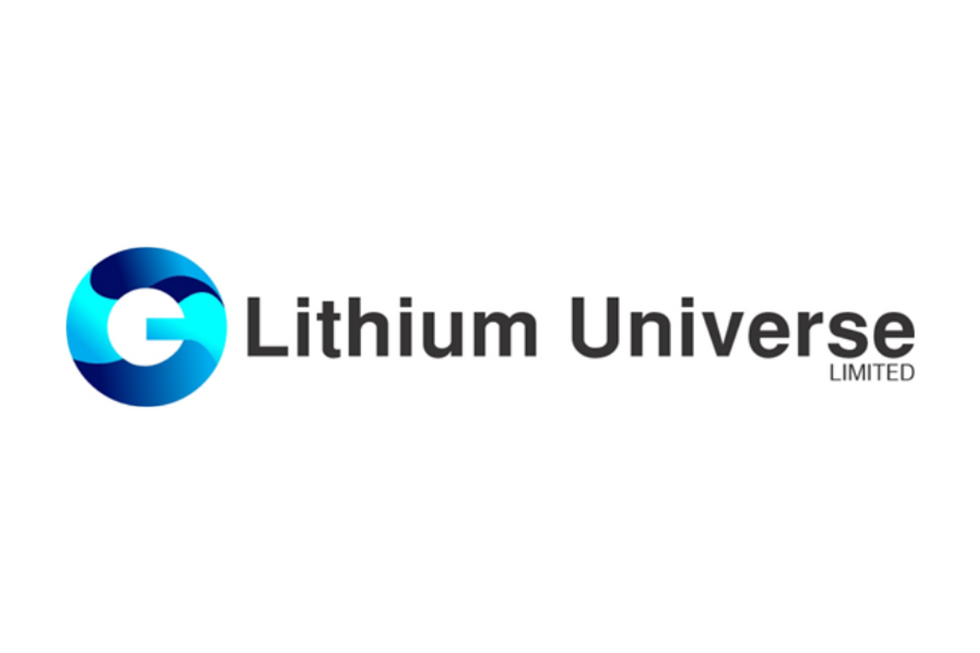Infographic: The Cathode is the Key to Advancing Lithium-ion Technology

What are cathodes? This infographic offers a look at cathodes and their importance in advancing lithium-ion technology.
Lithium-ion batteries are essential to modern technology, powering smartphones, laptops, medical devices and even electric vehicles. But these batteries are almost infinitely more complex than their predecessors, such as the lead-acid battery.
That is because “lithium ion” refers to a mechanism, the transfer of lithium ions. This mechanism can occur in a variety of cathode, anode and electrolyte environments, and for that reason there can be many different types of lithium-ion batteries.
All materials in a battery possess a theoretical specific energy, and the key to high capacity and superior power delivery lies primarily in the cathode. For the last 10 years or so, the cathode has characterized the lithium-ion battery, according to the Battery University.
Common cathode materials are lithium cobalt oxide (or lithium cobaltate), lithium manganese oxide (also known as spinel or lithium manganate), lithium iron phosphate, as well as lithium nickel manganese cobalt (or NMC) and lithium nickel cobalt aluminum oxide (or NCA).
Cathode choice is a major factor for determining battery energy density, and cathodes typically account for 25 percent of lithium-ion battery costs. That means the cathode can impact both the performance and cost pieces of the dollar per kWh equation — and building a better cathode will likely be a key driver for the success of the green revolution.
Companies such as Tesla (NASDAQ:TSLA) are constantly looking to lower the cost of lithium-ion batteries, as they are one of the most expensive components of electric vehicles. Cheaper battery packs could make electric vehicles competitive with traditional gas-powered vehicles — and if that happens, it will be a game-changer for the auto industry.
New technologies are now being applied to develop cost-effective lithium-ion batteries, and many experts believe that it won’t be long before batteries will hit $80 per kWh.
The following Visual Capitalist infographic will help investors learn more about cathodes and how they are key to advancing lithium-ion technology:
Don’t forget to follow us @INN_Resource for real-time news updates.






